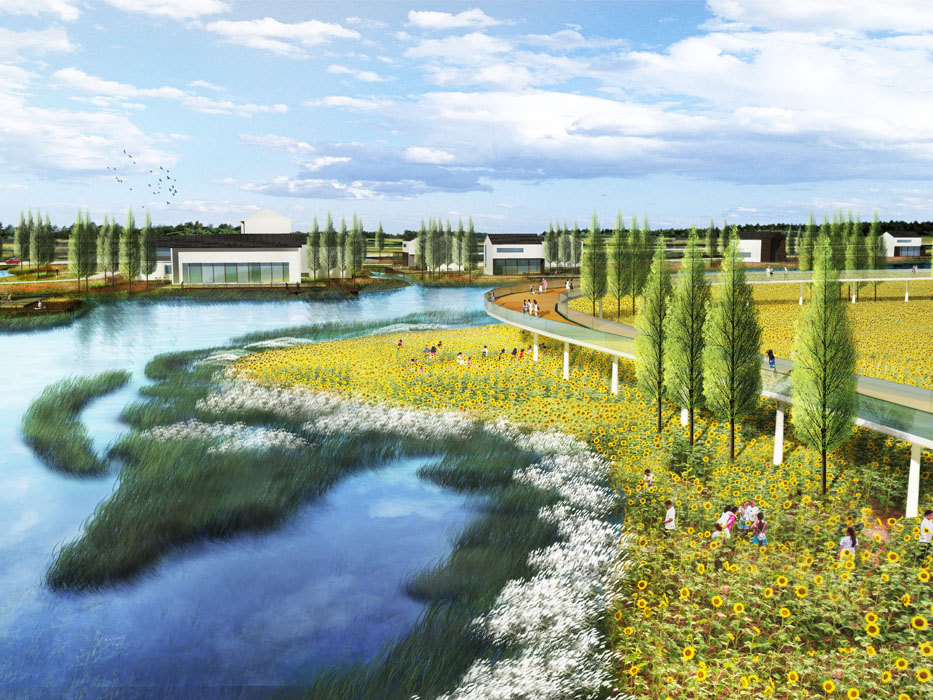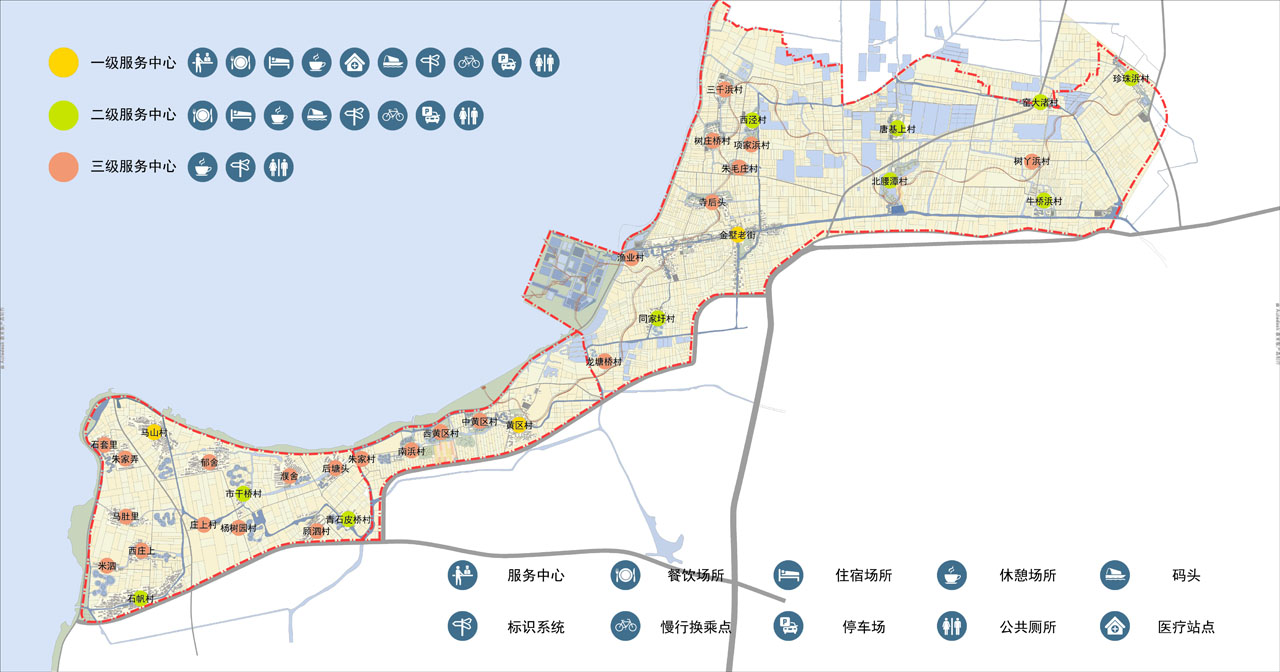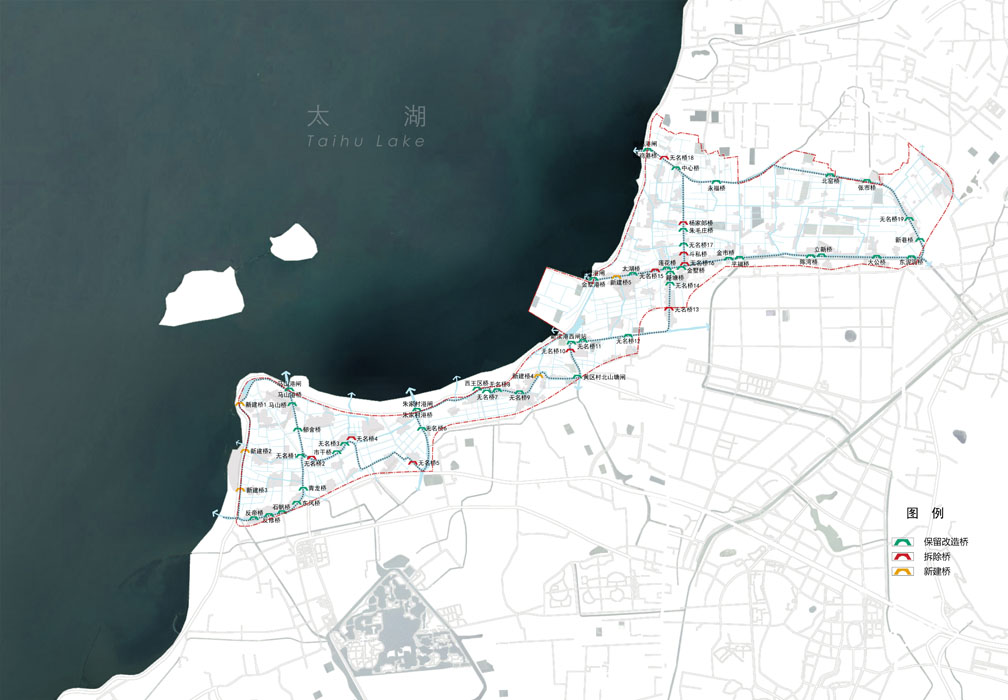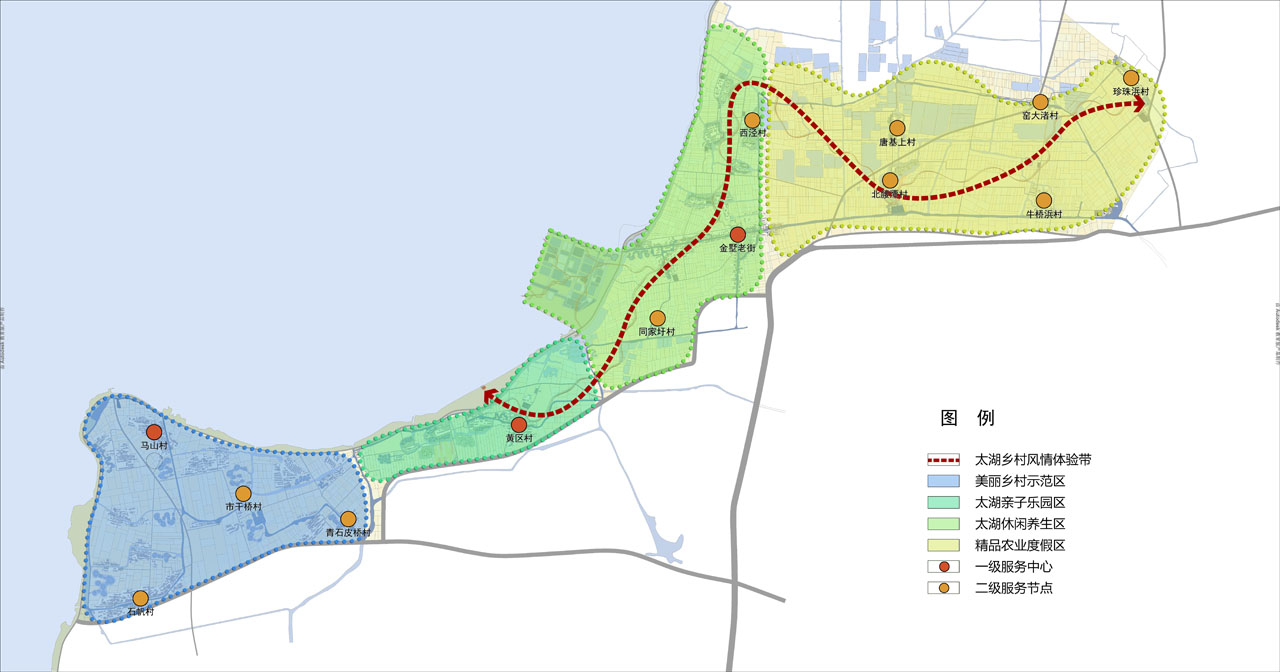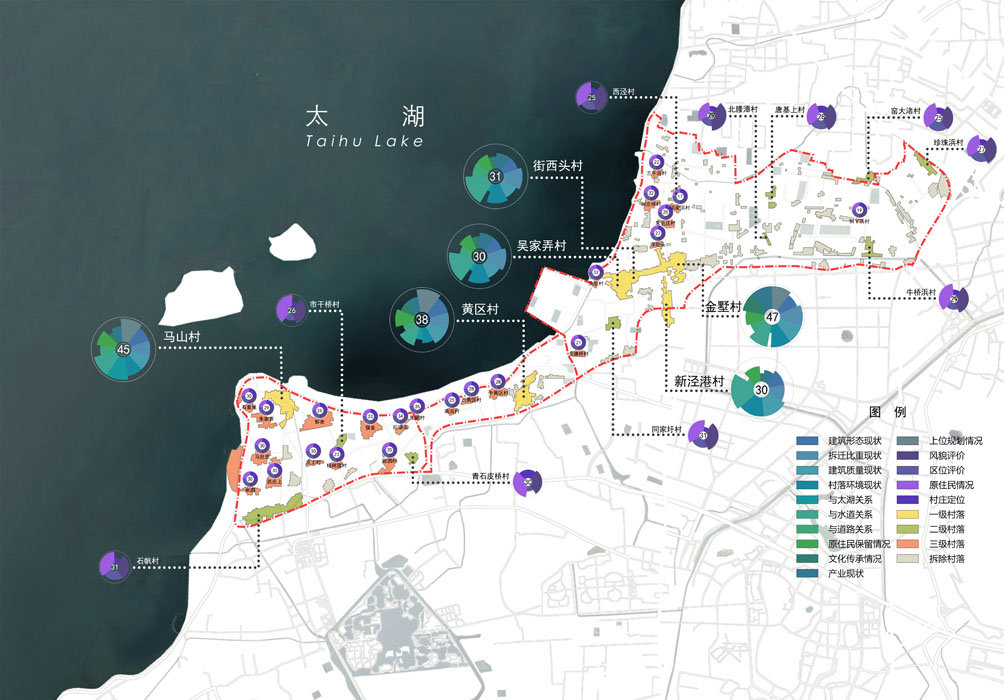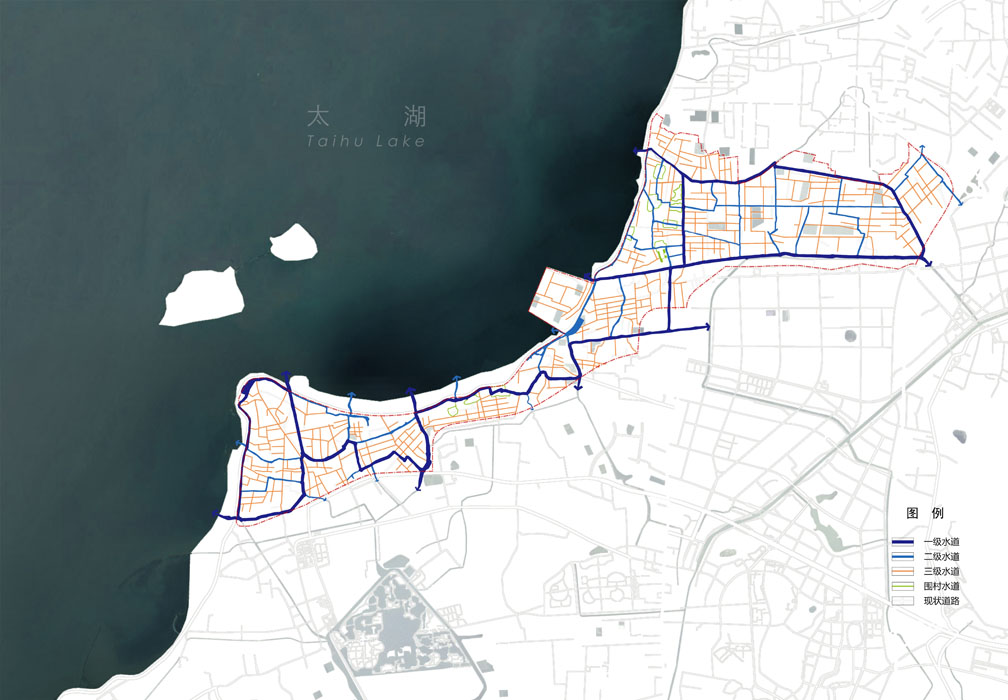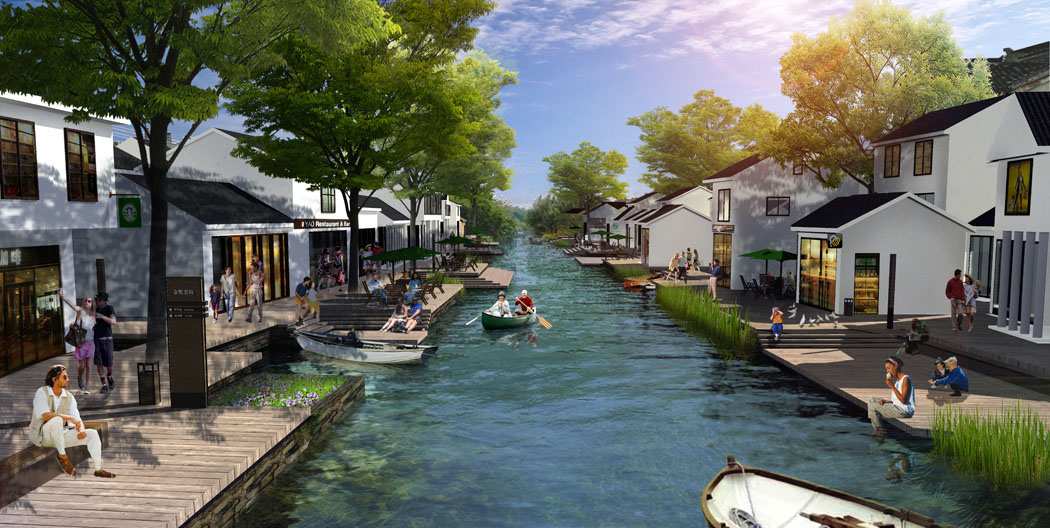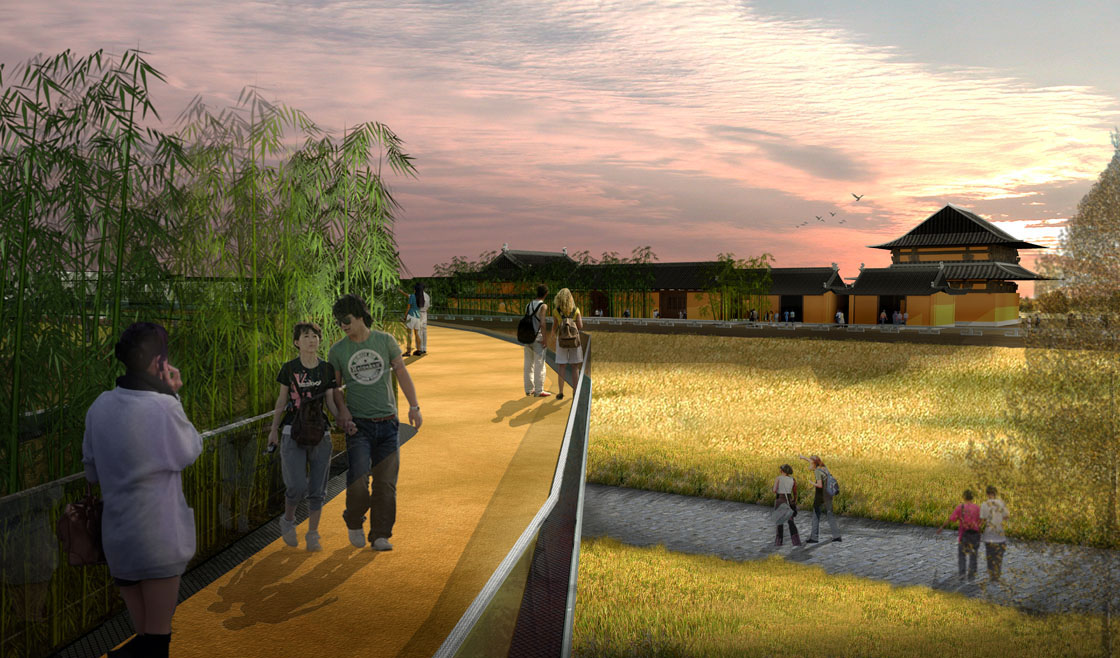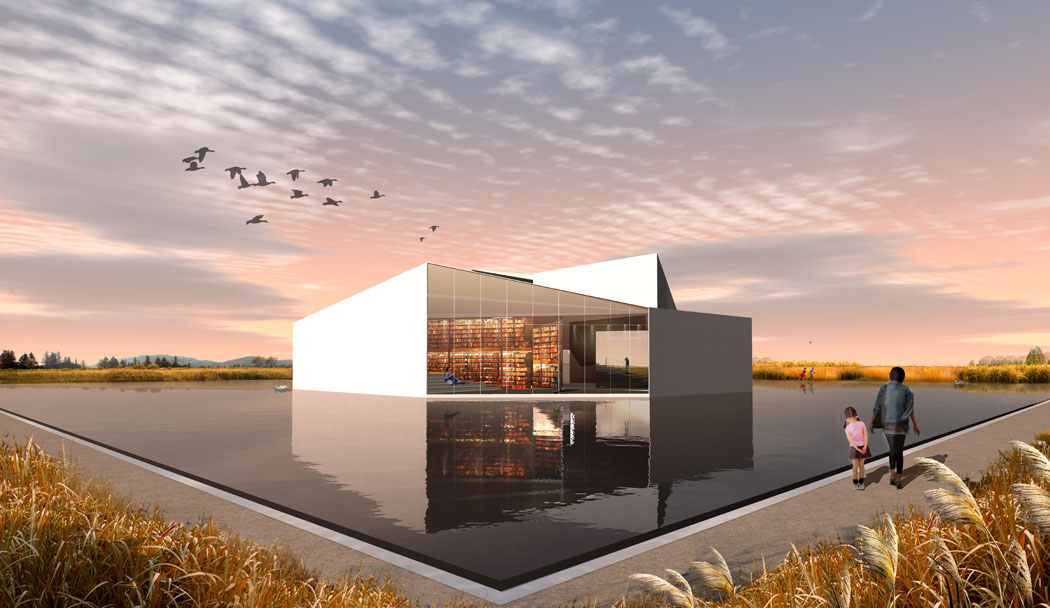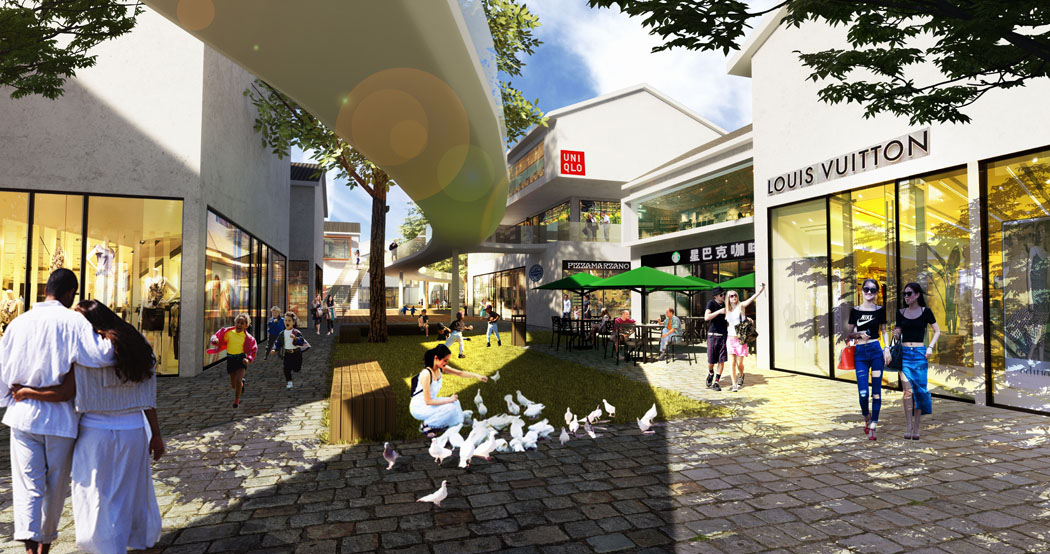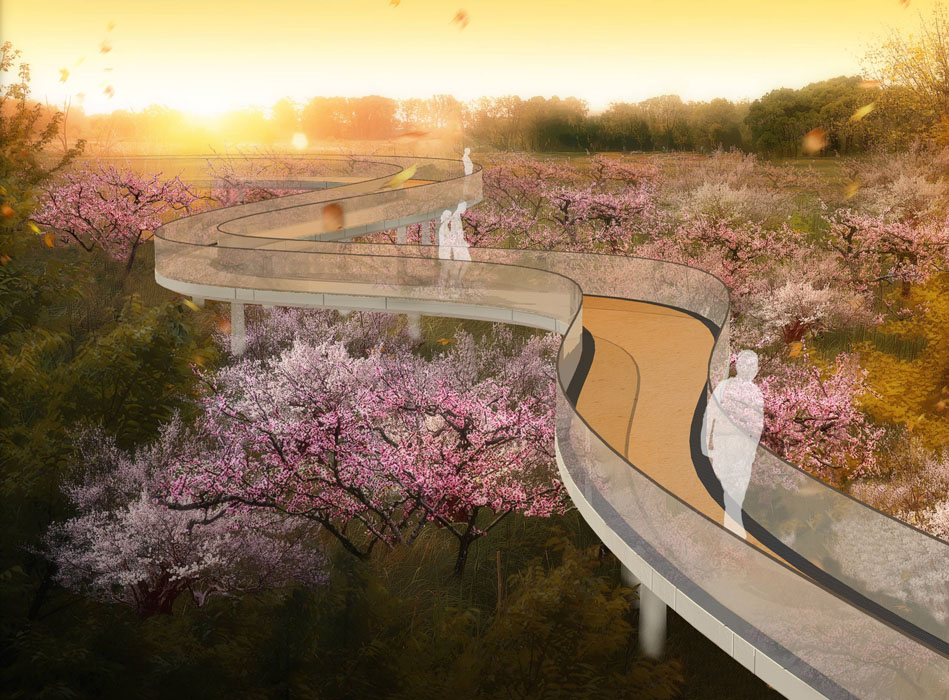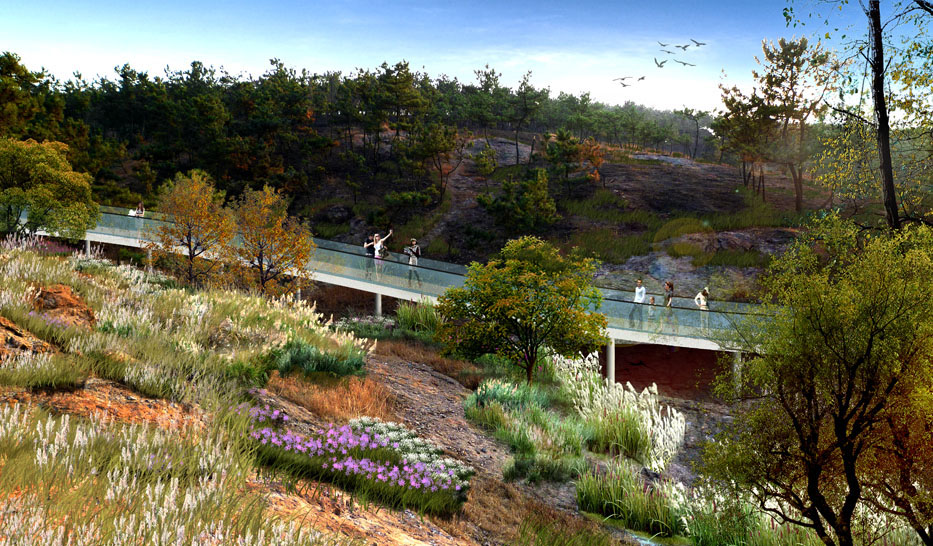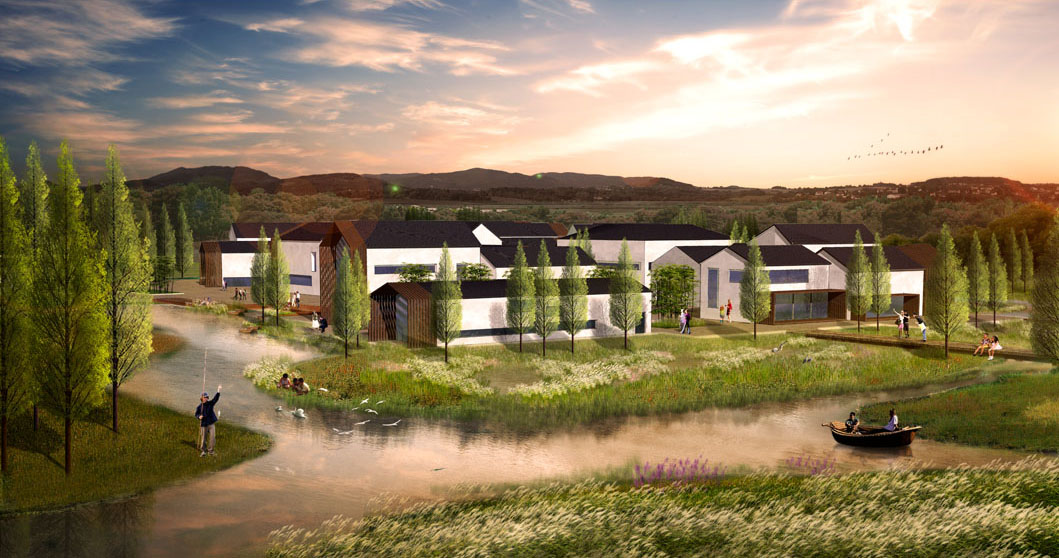Suzhou Wanmu Agricultural Park Planning
Project Information
- Project Location:
- China Suzhou, Jiangsu
- Project Scale:
- 16.64 Square Kilometers
- Design Time:
- October 2017
Project Profile
1. Project Statement
The project is located in the southern part of Jiangsu Province, northwest of Suzhou, in the western part of the High-Tech Industrial Development Zone/Huqiu District, northwest of Tong'an Town. It borders Taihu Lake to the west and connects to the new urban area of Tong'an Town to the southeast. The planned site was originally a simple agricultural product output area. With the coordinated development of urban and rural areas and the construction of road infrastructure, the site has gained more opportunities to carry urban functions. With the proposal of the Suzhou Ten-Thousand-Mu Agricultural Park strategy, the site faces the challenge of repositioning itself within the context of integrated urban-rural development.
The project analyzes and researches the site's background resources and proposes to create a new experiential agricultural and tourism park around Taihu Lake. This park will be based on ten-thousand-mu of high-quality farmland and feature a peach blossom land experience of fishing villages and farming life around Taihu Lake. It aims to lead the transformation of the agricultural industry around Taihu Lake, integrating modern agricultural sightseeing, rural leisure tourism, and cultural and creative industries.
2. Objective and Challenge
Challenge 1: Lack of Construction Land. The city's master plan will demolish most of the villages on the site, and Taihu Lake protection regulations restrict lakeside construction. Therefore, the land available for tourism development within the site is limited.
Challenge 2: Low-Grade Resources. There are many advantageous tourism resources around Suzhou, including Wuzhen, traditional gardens, and Hanshan Temple. In contrast, the resources represented by Lianhua Temple and Jinshu Old Street lack uniqueness, rarity, and integrity.
Challenge 3: Homogenization and Low-End Rural Tourism. With the aesthetic fatigue of ancient town tours in Suzhou, rural tourism is booming, with many similar offerings in Shanghai and Suzhou, leading to intense competition.
3. Design Strategy
Strategy 1: Utilization and Enhancement of Farmland Resources
The site's unique historical and cultural background and agricultural development requirements dictate a core principle of primarily growing rice. Based on the analysis of the site's suitability for planting, the site is divided into two main parts: a landscape agriculture area and an urban agriculture area. The urban agriculture area mainly serves urban residents with functions such as agricultural picking, production experiences, and agricultural product purchases. Residents can also contract a plot for their own production operations. The landscape agriculture area features scientifically rational crop rotation on large tracts of farmland to create pure, seasonal field landscapes, with high-end resort hotels characterized by Taihu fish and rice features.
Strategy 2: Utilization and Enhancement of Water System Resources
Located by Taihu Lake, the site naturally has a developed water network, including water transportation, domestic water, irrigation water, and waterside landscapes. The planning will analyze and streamline the site's water system to form a three-tier water network: the primary water system connects the main entrances and village service centers; the secondary water system connects the primary waterway and leisure nodes; and the tertiary water system provides irrigation for farmland. Based on this classification, the waterway utilization strategy will be determined, and a waterway tour system will be structured around the primary waterway framework.
Strategy 3: Utilization and Enhancement of Road Resources
The existing site has many external access points, making management difficult. The plan will streamline the traffic structure by clarifying the main entrances, retaining six primary entrances to establish the park's entrance image. These will serve visitors from four directions: Suzhou and Shanghai, the western ecological new city, and the north and south sides of the Taihu Lake Ring. Other entrances will be closed to ensure internal traffic order. In the long term, with the relocation of all internal villages and reduced external traffic demand, the entire area will become farmland. The site will eventually be incorporated into the Ten-Thousand-Mu Agricultural Park, redirecting through traffic to the eastern roads and reducing internal disturbance. Existing roads will be utilized to construct an electric vehicle tour loop, with road surfaces and roadside landscapes improved. Suitable field paths will be modified to create a network of recreational paths.
Strategy 4: Utilization and Enhancement of Village Resources
Based on the evaluation of village buildings and the classification of waterway corridors and service radius needs, it is recommended to retain six villages: Jinshu Port, Yimu Bang, Tangji Shang, Yaoda Zhu, Zhenzhu Bang, and Shushan Village, with a total preserved area of 34.96 hectares. Jinshu Port, relying on Jinshu Old Street and Taihu Fishing Port, will be transformed into Jinshu Creative Port with comprehensive support facilities. The other five villages will be developed into boutique theme hotels, featuring original ecological rural architecture exteriors and luxurious interiors, harmonizing with the farmland environment.
Strategy 5: Enhancement of Artificial Landscape Facilities
A scenic aerial walkway will be created, intertwining with ground-level field paths, connecting the five retained villages. In these areas, concentrated recreational nodes will be formed, with landscape experience boxes, waterside tea rooms, waterside bars, and ecological restaurants adding vibrancy to the site.
4. Conclusion
The planning will deeply explore the cultural characteristics of the site and identify the typical form of production and life on the Taihu Lake shore, characterized by a Taihu fishing port-centered product distribution base, exemplified by Jinshu Old Street. Surrounding it are numerous agricultural villages closely connected with the water network. The prosperity of Jinshu Old Street reflects the region's affluence, embodying the essence of Taihu's "land of fish and rice." With the development of modern industrial production, this typical "Taihu fish and rice port" form has declined. The plan seeks to revive this lifestyle by infusing it with modern agricultural and leisure tourism elements, achieving the revival of traditional living styles.
